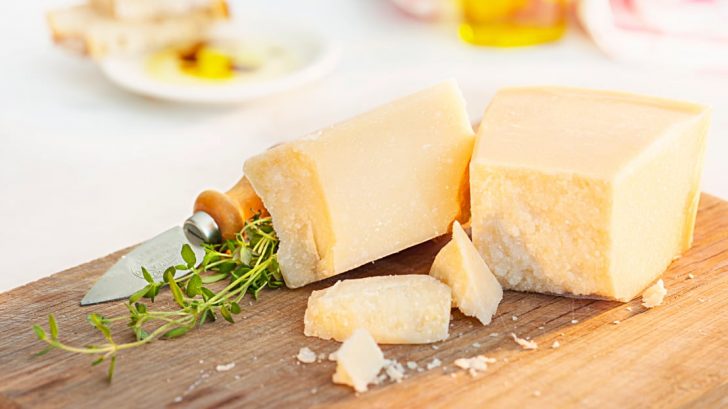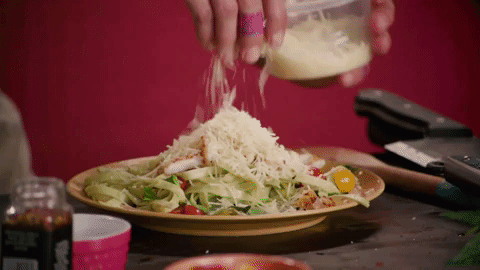The Price Of Parm
Parmesan cheese: we put it on everything. Grated over pasta, mixed into sauces, melted on breads and so much more, food benefits from a little bit of this cheese… especially if it’s the real thing.
Parmigiano Reggiano is the original parmesan. It’s been made the same way since the middle ages, in the same place, and with the same ingredients. In order for it to be legit, all of this is heavily regulated.
With this regulation comes a hefty price tag. One full wheel of real parm can cost over $1,000. I wondered why that was, so I decided to look into it. It can’t just be because it’s delicious, right?
It’s All About Location
Parmigiano Reggiano can only be made in a specific region of northern Italy, called Emilia Romagna. This region is super small, with just a few cities including Parma and Reggio Emilia.
If you couldn’t tell by the city names, this is where the cheese gets its name. But why is this region the only place it can be made? It all comes back to specific bacteria.
These good bacteria only grow in this area of the world, making it physically impossible to create this cheese in its true form anywhere else.
There are only 329 dairies in the world that can make this cheese, which helps add to the price.
How It’s Made
Monks made this cheese in the middle ages the same way they are made today. 3 ingredients make up this cheese: milk, salt, and rennet. 131 gallons of milk are used for a single wheel.
Workers hand-make this cheese by mixing the ingredients, separating it into curds, cooking the cheese for 5 minutes to kill bad bacteria and separate the water, and forming it into a wheel.
Forming the wheel involves multiple workers and a linen cloth, lifting it out of the liquid. The cheese is transferred to molds, and the linen cloth is replaced every 2 hours.
Aging
The wheels are stamped with a stencil to create the classic “Parmigiano Reggiano” rind, then are plunged in a brine for about 19 days. Then they are aged.
Most are aged for about 2-3 years, untouched on wooden shelves. However, some are aged for as long as 10 years for a stronger taste and a heavier price tag.
In my opinion though, it’s worth every penny. Most people agree with me… in Italy, it’s a $2.5 billion industry!
If you’ve been buying the stuff that shakes out of a can, I highly suggest purchasing the real thing. You can really taste the difference!
Watch FOOD INSIDER‘s video below to learn more about this incredible cheese, and if you happen to be munching on some of it soon, enjoy!





